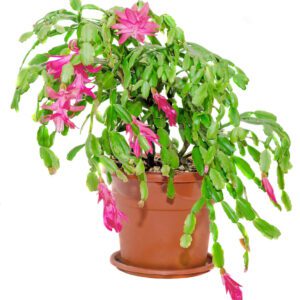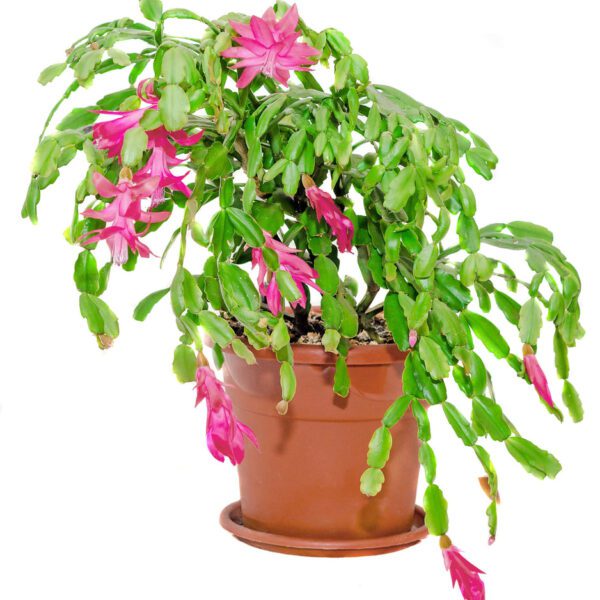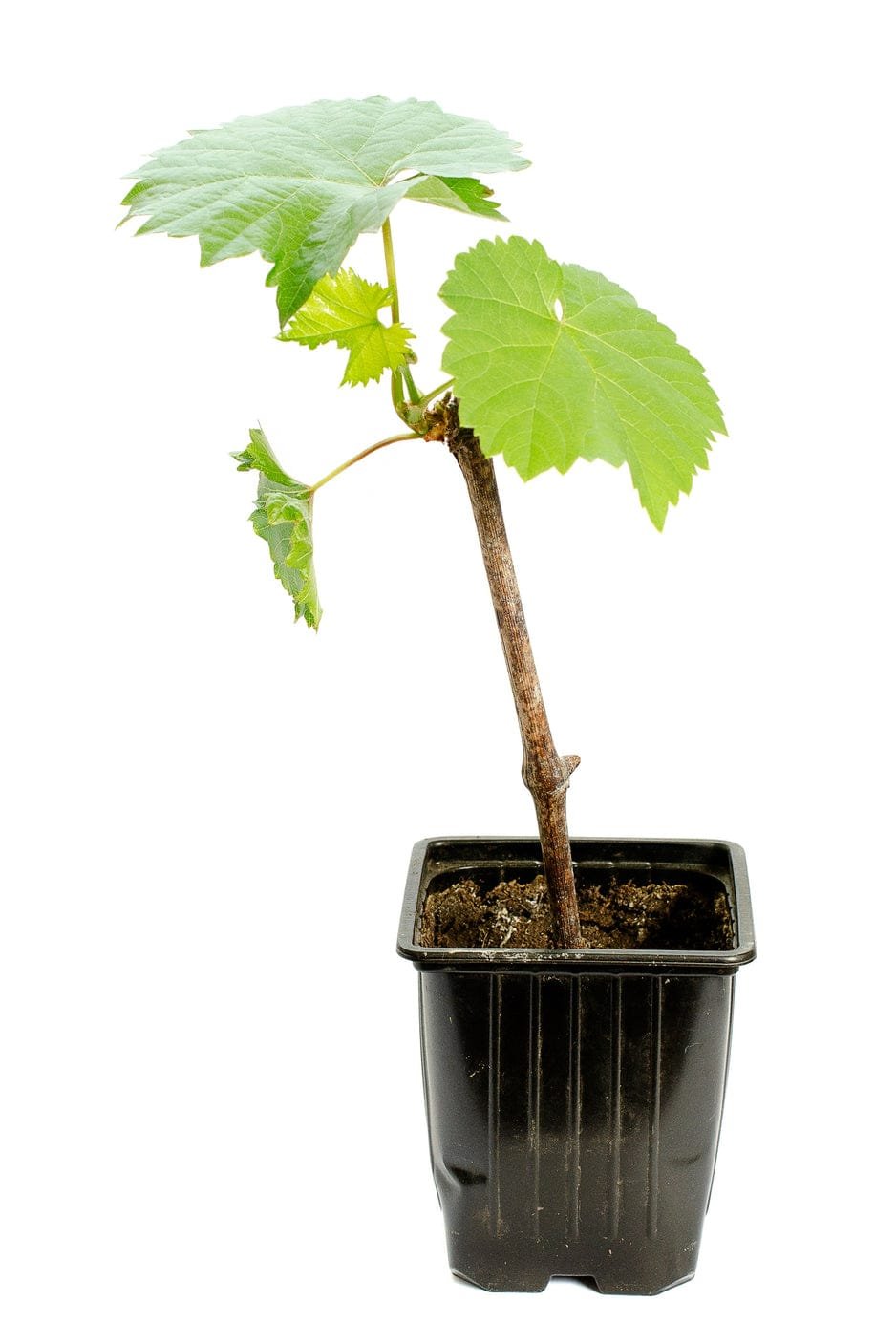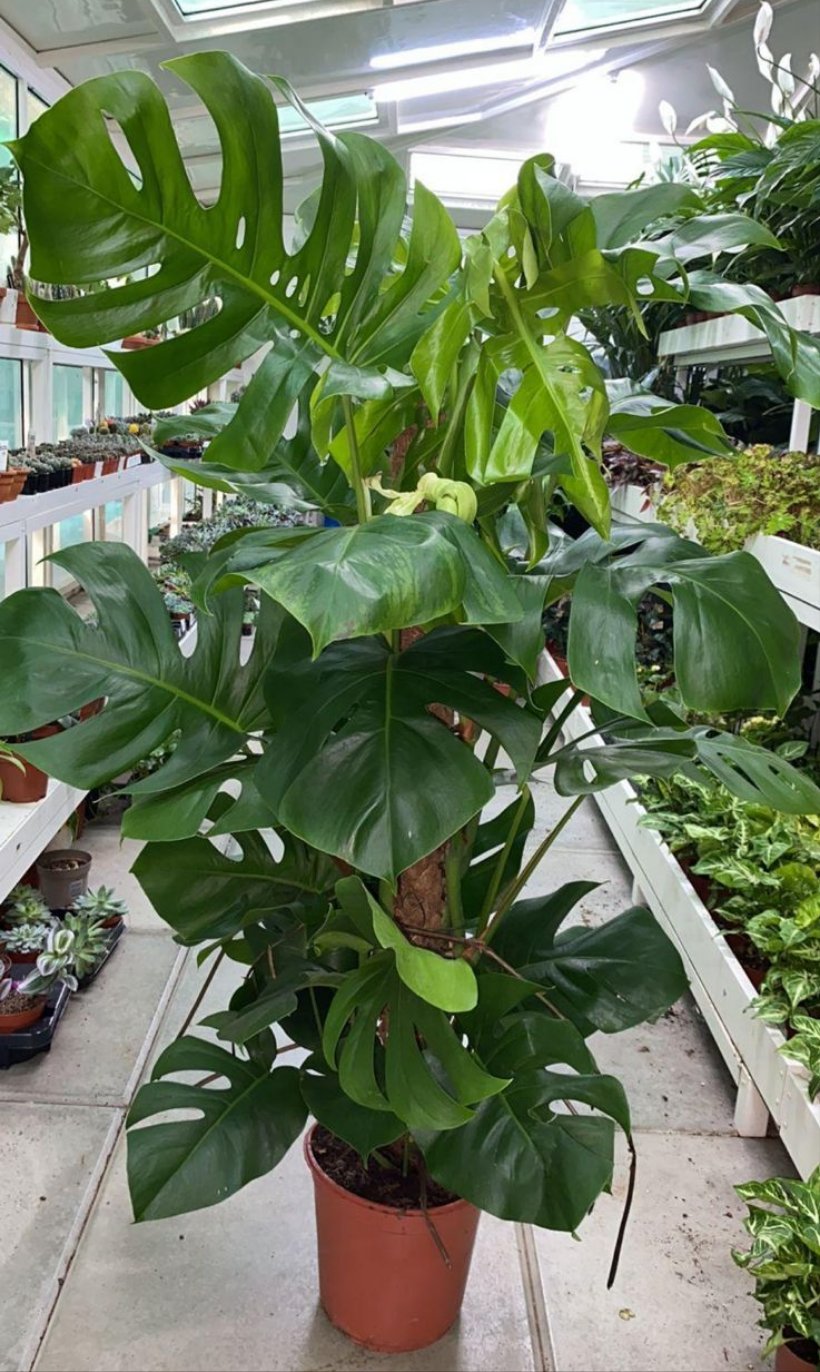Schlumbergera “Crab Cactus” (Thanksgiving Cactus)
The Schlumbergera, commonly known as the Thanksgiving Cactus or Crab Cactus, is a popular houseplant known for its stunning, brightly colored flowers and unique, segmented stems.

Schlumbergera “Crab Cactus” (Thanksgiving Cactus)
Description
Additional Information
| Size | 15cm – 20cm |
|---|
Disclaimer
The image displayed is for reference only. The actual product may differ in shape, appearance, climate, age, height, and other factors. Plants will be delivered in plastic pots unless the customer explicitly selects a different pot option.
All information provided is shared in good faith. However, we make no representations or warranties of any kind, express or implied, regarding the accuracy, adequacy, validity, reliability, availability, or completeness of the information on this site.

















